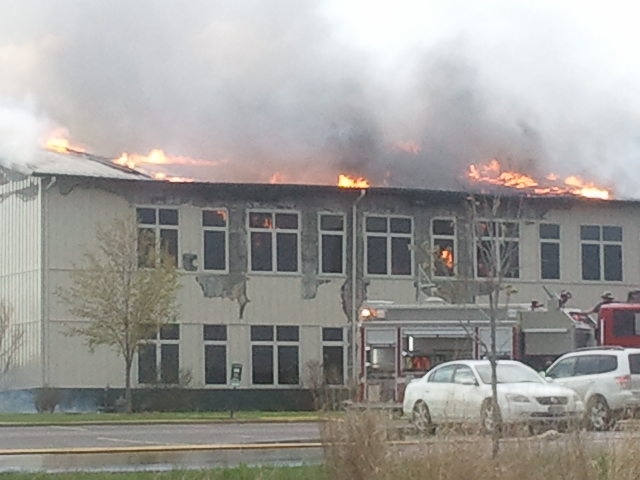May 31, 2013

Hidden bummer factor. I adopted that phrase years ago to describe the unanticipated issues and events that drop out of the sky to hit a business on the head. Unforeseen operating costs, a breakdown in the distribution system, unanticipated capital requirements… all constitute hidden bummer factors.
Earlier this month, the nation’s largest organic cooperative got hit with a hidden bummer factor of epic proportions. A fire of undetermined origin broke out in Organic Valley’s headquarters in LaFarge, Wis., and by the time 11 fire departments extinguished the flames 18 hours later, more than half of the nine-year-old building was lost.
Hidden bummer factors test the mettle of a business. Fragile businesses often fail. Resilient businesses emerge even stronger.
The private notes and public comments I picked up from Organic Valley employees in the days following the fire contained three messages:
Relief that no one was injured
Gratitude to the firefighters and local community
A determination that the cooperative’s operations would not miss a step
“We had our computer system up within 24 hours, phones 48 hours, and never missed a farm pick up, order or shipment,” wrote George Siemon, the CEIEIO of Organic Valley in the week following the fire.
Siemon mentioned that the cooperative’s contingency plan enabled it to regain its footing quickly after the fire. Strong businesses have good contingency plans. But Organic Valley has another strong asset to help it emerge from the ashes.
All of its shareholders, and many of its employees, are farmers. Those farmers aren’t strangers to adversity. They know how to rebuild after a disaster.
It’s been 25 years since a handful of organic growers in Wisconsin and Minnesota came together to establish the Coulee Region Organic Producer Pool, the first official name for Organic Valley. There were no federal organic standards at the time. The distribution system and retail marketplace for organic products was miniscule. These founding farmers were likely seen as goofballs by many of their neighbors.
I doubt they had any misconceptions regarding how easy it would be to build a viable organic marketing cooperative. I also doubt they knew how hard it would be. But they did it anyway. And last year, Organic Valley reported more than $800 million in sales.
In a YouTube video released the day after the fire, Siemon notes, “This co-op has been through a lot in the past 25 years, and this is just another chapter.”
Spoken like a farmer.
In a time when the organic community seems to be marked by bitter infighting, the quiet determination of Organic Valley’s employees and farmers demonstrates the true power of cooperation. That’s worth raising a glass for a toast… just make sure it’s a glass of Organic Valley milk.
You May Also Like


